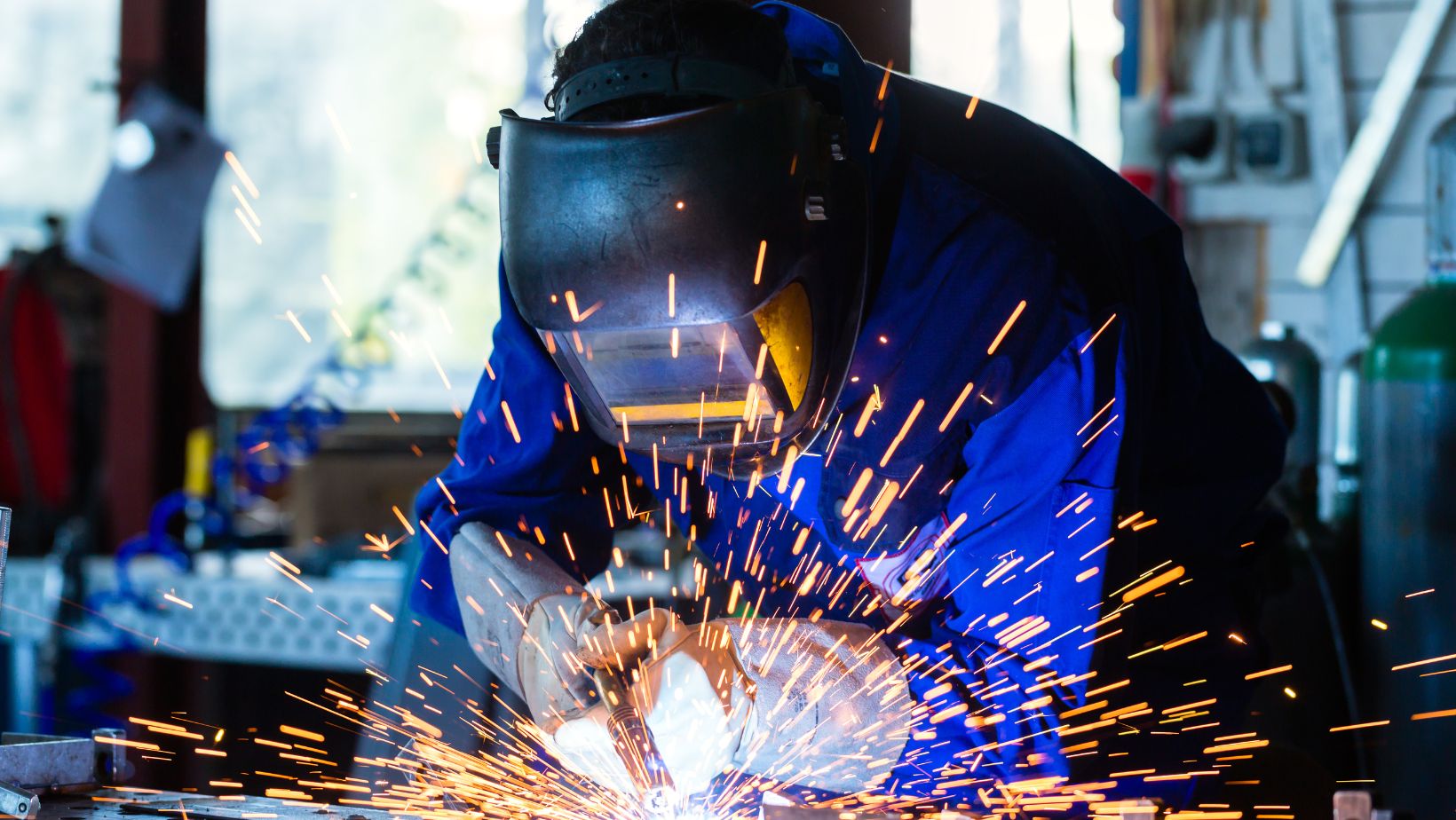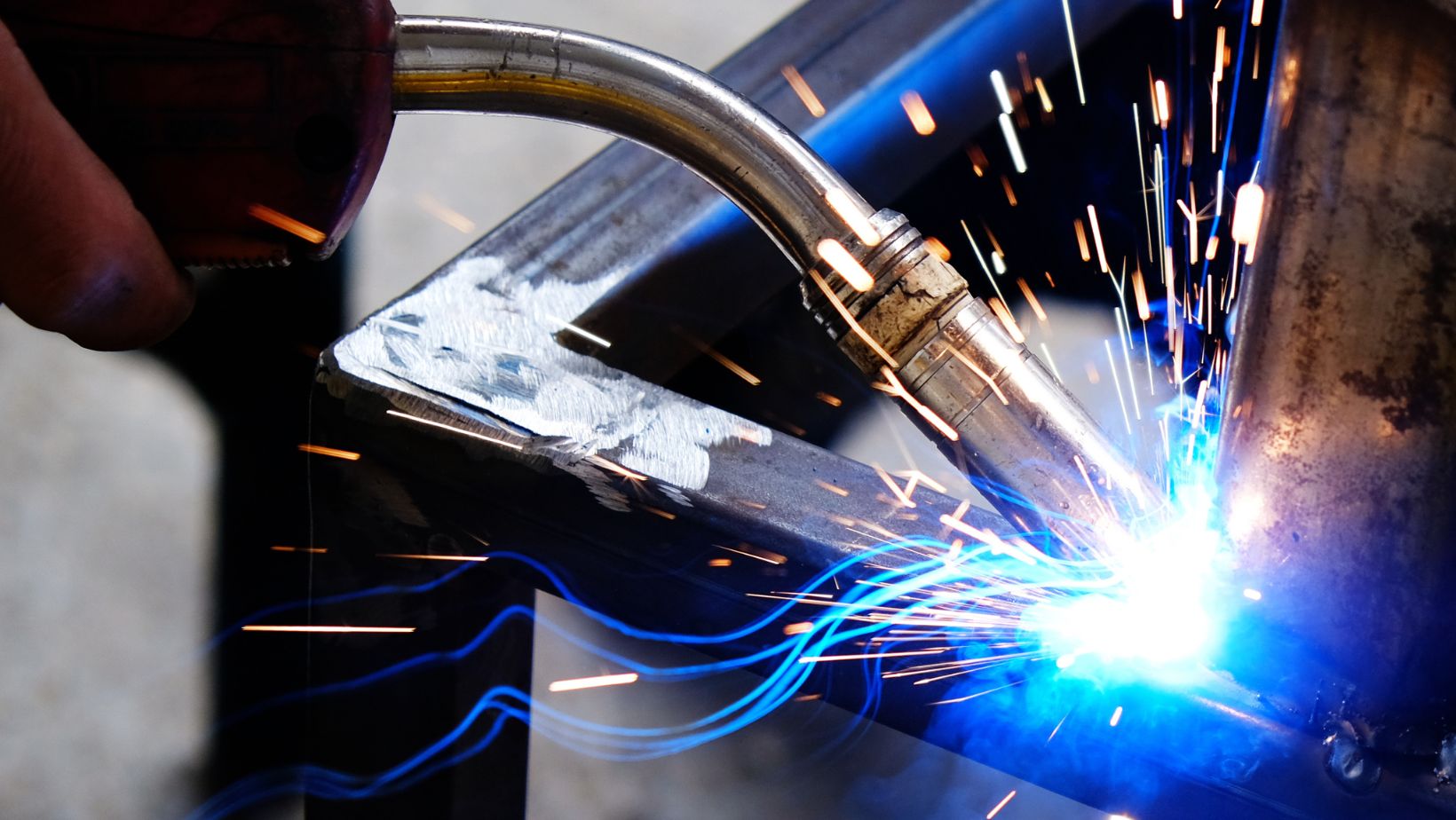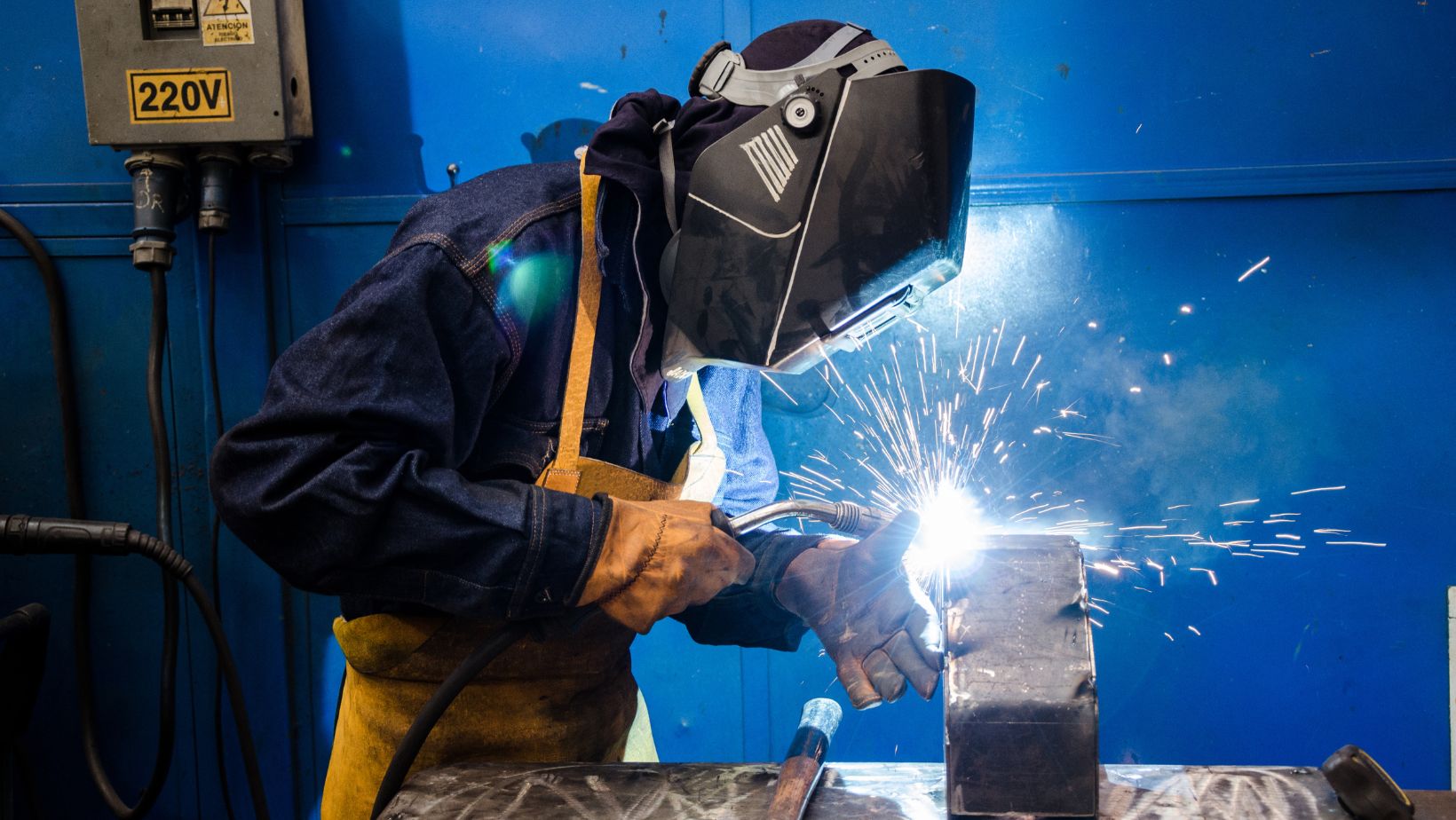In most home and work settings, MIG and TIG welding are standard methods. However, key differences make them unique, each with pros and cons.
TIG Welding
TIG (tungsten inert gas), called GTAW (gas tungsten arc welding), is a welding process that uses an arc to weld. However, unlike MIG, precision TIG welding processes use non-consumable tungsten electrodes and separate consumable filler materials. During the process, welders should manually feed rods of filler materials into a weld puddle using their second hands. The shielding gas mixture doesn’t have CO2 – it’s only argon 100%. Welders don’t use CO2 in this process due to its reactive property, which causes the formation of tungsten oxide. When this tungsten oxide disintegrates tungsten electrodes, it can contaminate your welds.
Applications
The delicacy of this process lends itself to thin materials, enabling welders to create clean welds without the need to burn through materials. If you also have a small project or some parts that require precision, Micro TIG welding will be a suitable approach. It will not just allow you to do a short production run that prevents electrodes from overheating. It will also enable you to create accurate and clean welds.
Pros
·High-quality welds
·Cleanliness
·Precision
·Wider range of weldable metals
·Versatility
Cons
·More expensive
·Time-consuming process
·Needs skilled and experienced operators
·Require an immaculate workspace
MIG Welding
MIG welding techniques create welds using a fully automatic/semi-automatic arc and consumable/continuous wire electrodes. You will need shielding gas to protect your welds, minimize the bead porosity of a weld, and promote weld penetration. Usually, this gas consists of 25% CO2 and 75% argon, but several metals and variables might require a different mixture.

Micro Weld experts say MIG welding often begins with shielding gas and electrodes fed through a torch or welding gun. However, the composition and diameter of the wire will differ depending on the metal type, material thickness, and joint configuration.
Applications
There are several instances where you can use MIG welding. First, you will need MIG welding when dealing with a thicker stock. The process’s continuous feed wire makes MIG more productive than TIG. Second, if you have a less experienced welder, you can opt for MIG – something operators can’t do in TIG without experience and skills. Last but not least, when there are many long runs, MIG can help you handle the entire situation. MIG doesn’t require a lot of starts and stops to adjust or get a new rod in a welder’s hands. This minimizes the risks of creating weld defects.
Pros
·Faster welding process
·Semi-automatic
·Accuracy
·Versatility
·Cost-effective
·Delivers clean welds
Cons
·Not eco-friendly
·Can burn a thin material due to less operational control
·Less dependable and stable because of arc stability issues
·May result in rust formation
The Key Differences
Although TIG and MIG welding processes have some similarities, they also vary in different ways. Some of the key differences between the two include the following:
1.Versatility
MIG welding is more diverse than TIG welding. Although the TIG approach can be used on different kinds of metals, it has some limitations in terms of effectiveness on thick materials.
2.Source of Power
MIG welding uses a DC power source to make an electric arc stable and give ample penetration of metals.

On the other hand, TIG welding can use both DC and AC power sources. However, your power source depends on the spatter amount in a weld pool, the desired electric arc, and the materials to weld.
3.Cost
TIG welding processes are more expensive than MIG approaches because of detailing, high quality of welding, and components’ cost. They also need more time, which in turn increases the required power and its cost.
The bottom line is that if you want strong welds, go for TIG welding processes. They suit thicker materials and may deliver a high current level without burning through your metal. However, if you prefer using thinner metals, opt for MIG. This is because it is more economical and faster than TIG.
















